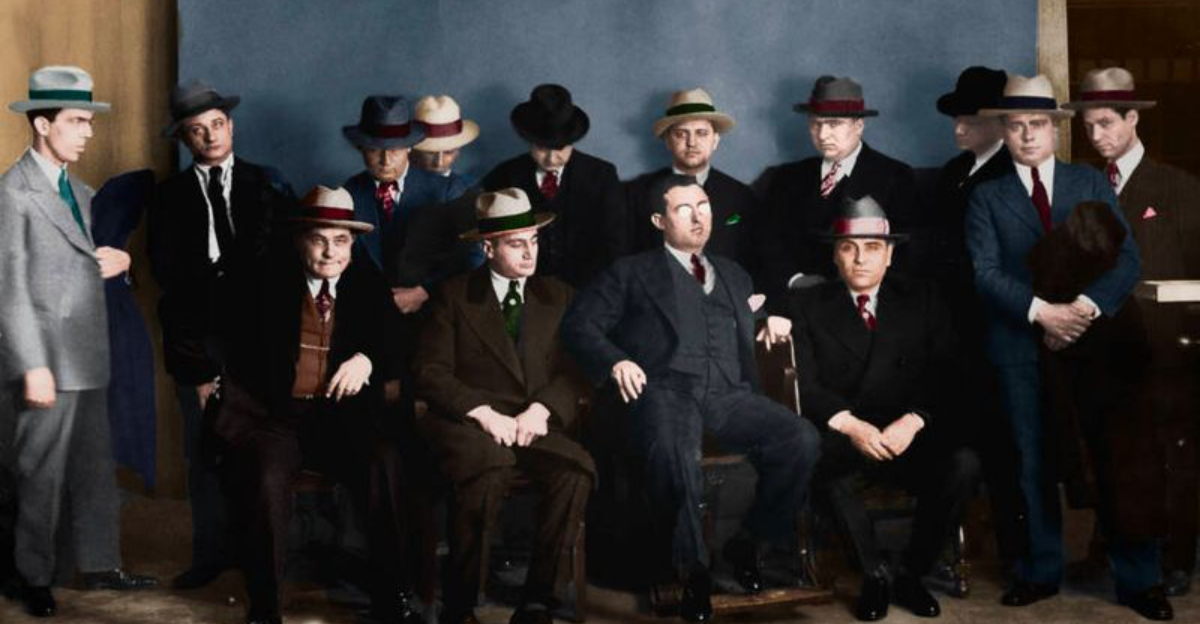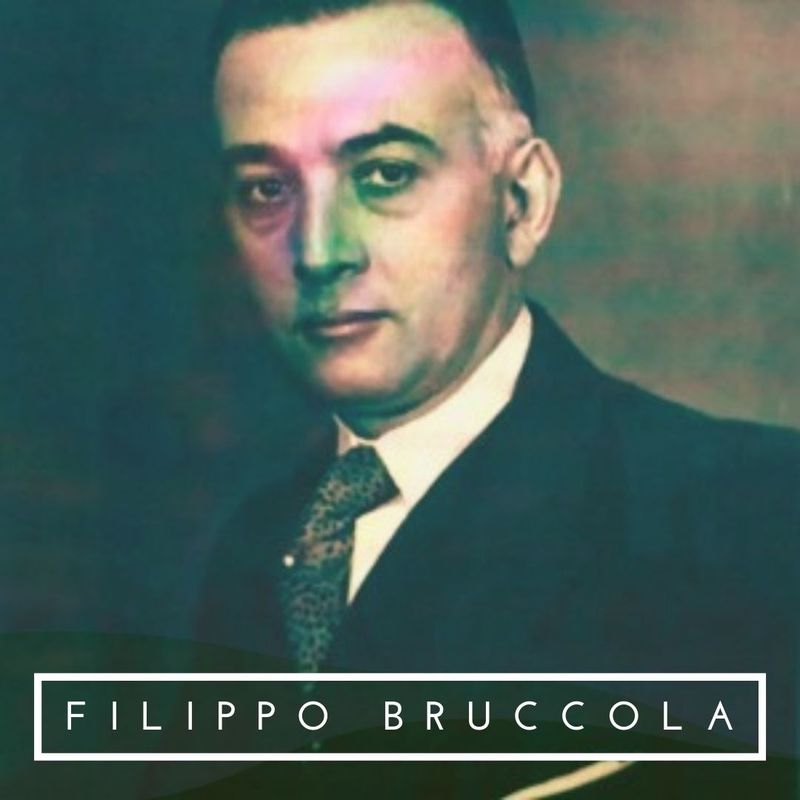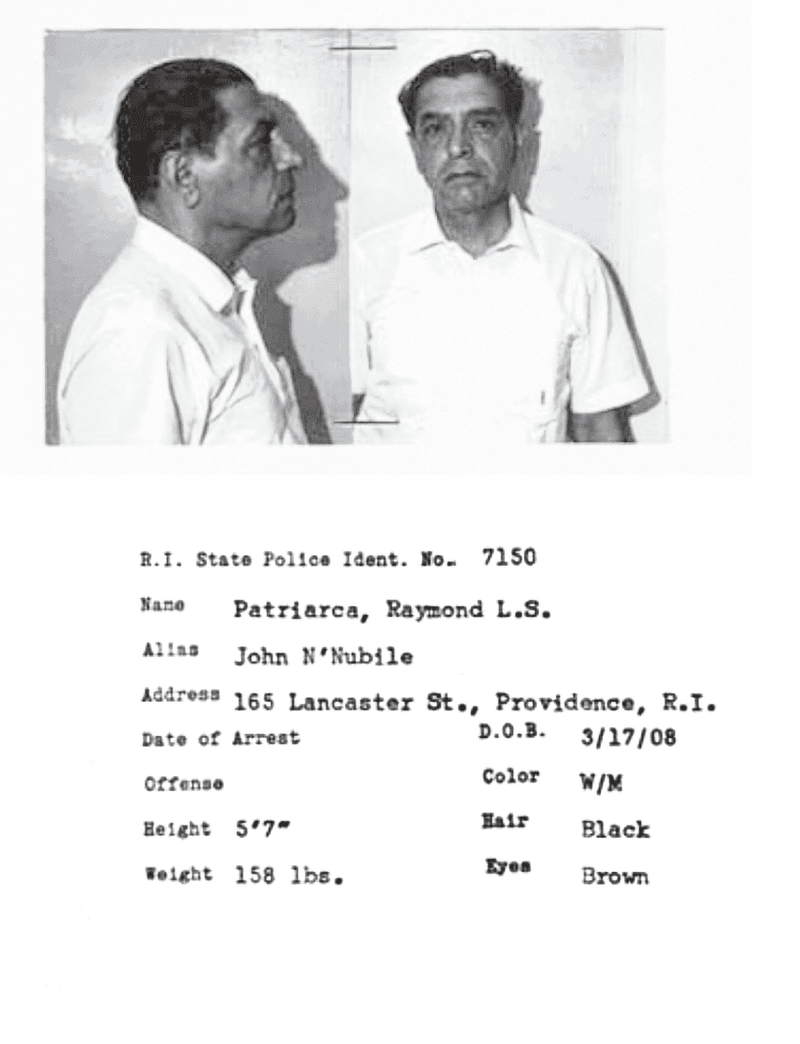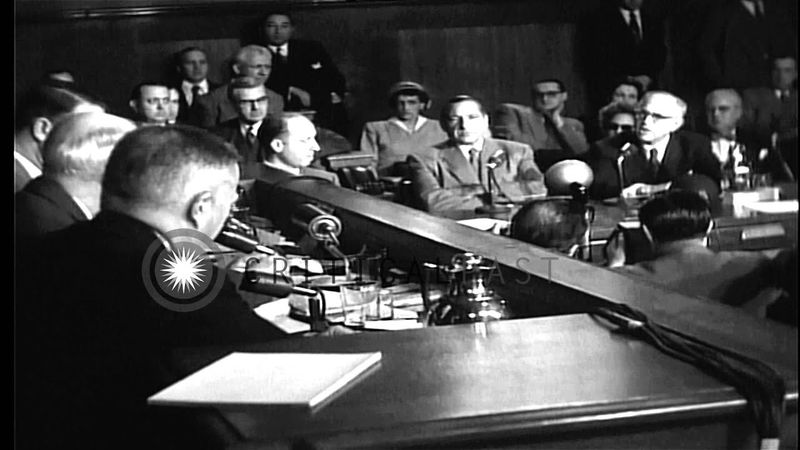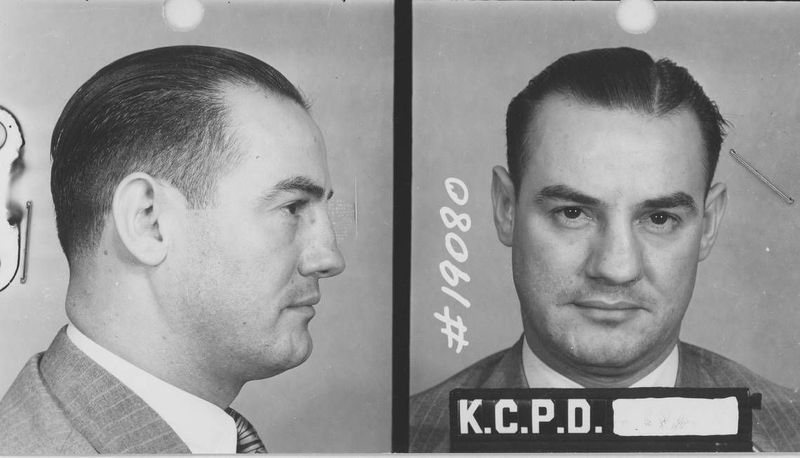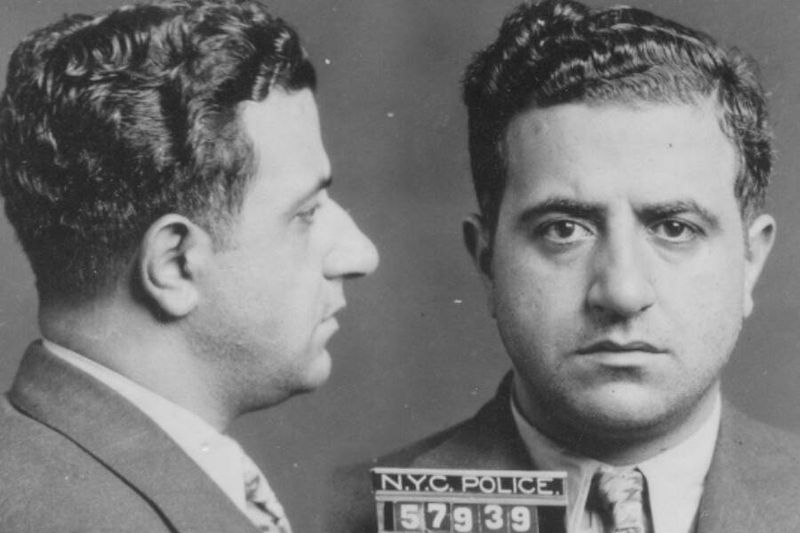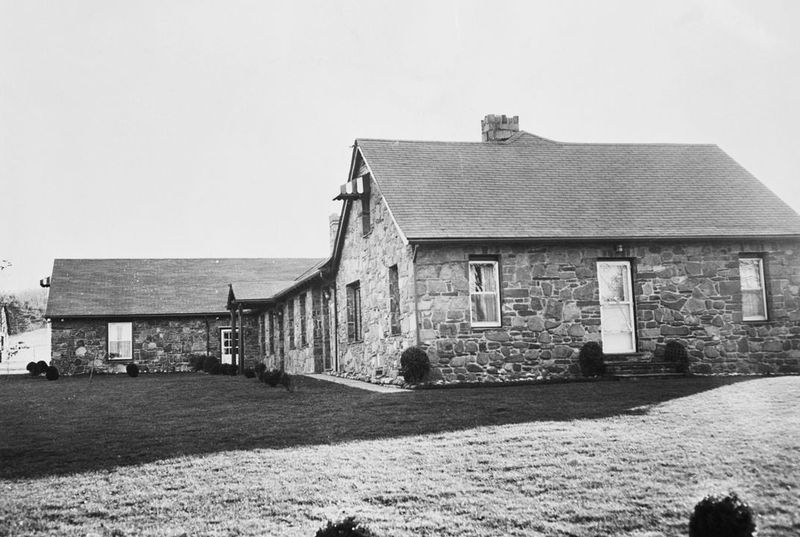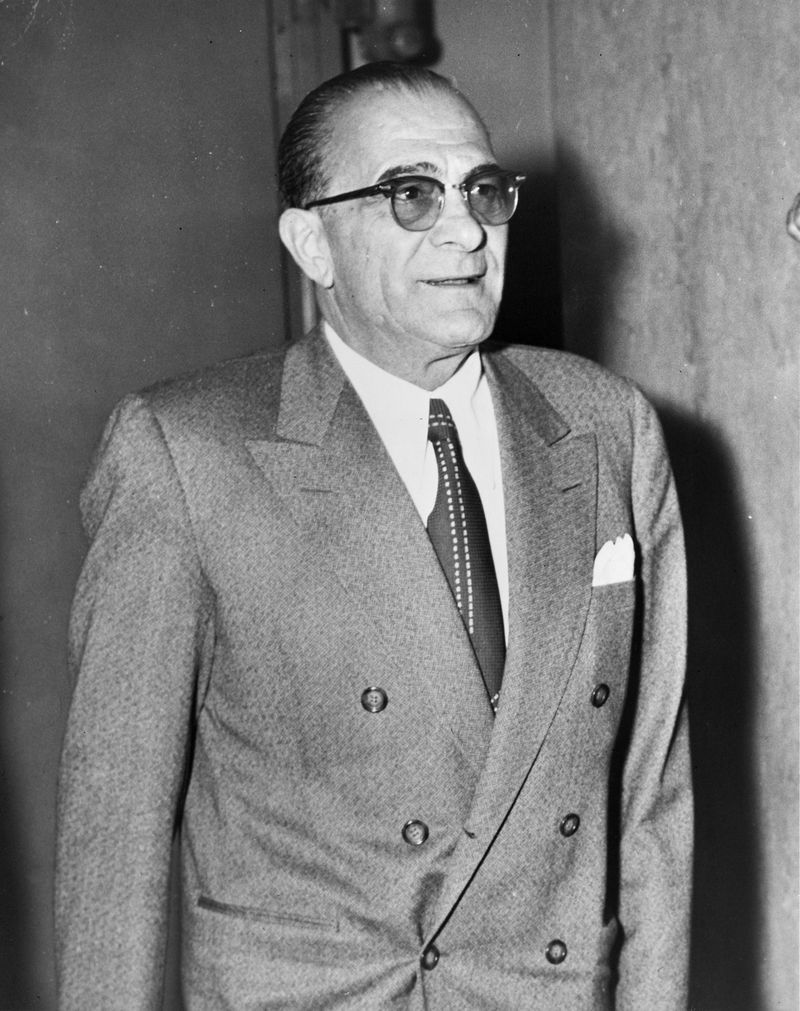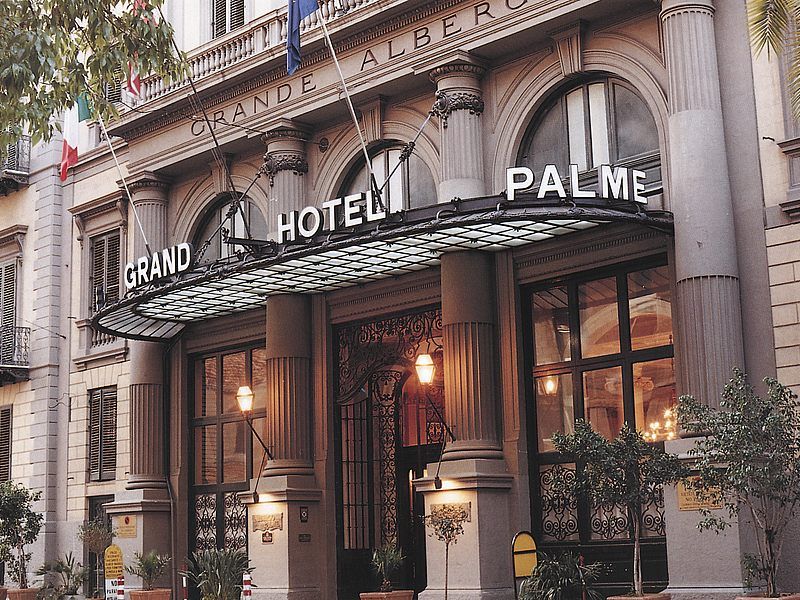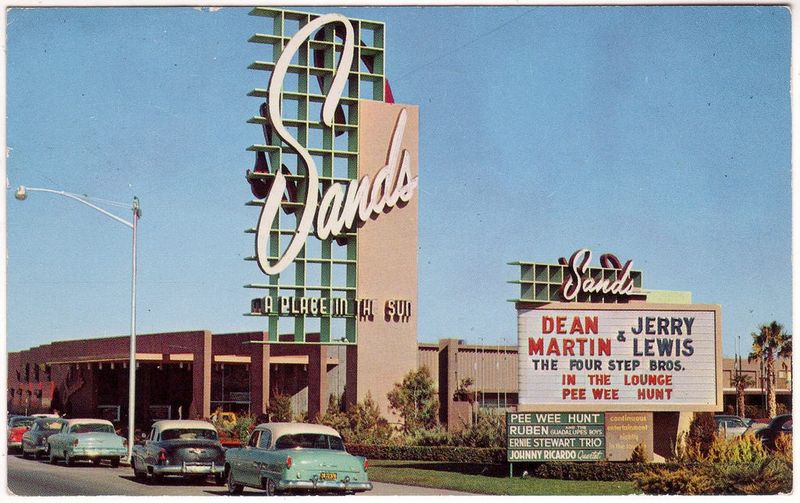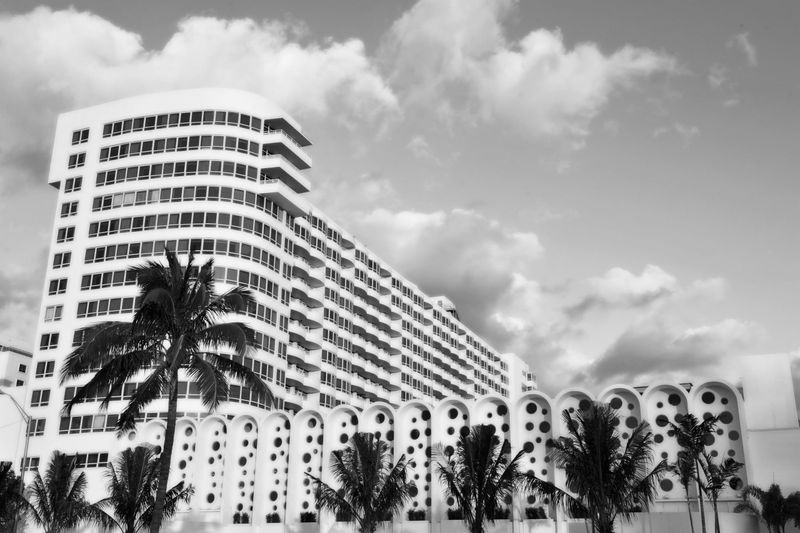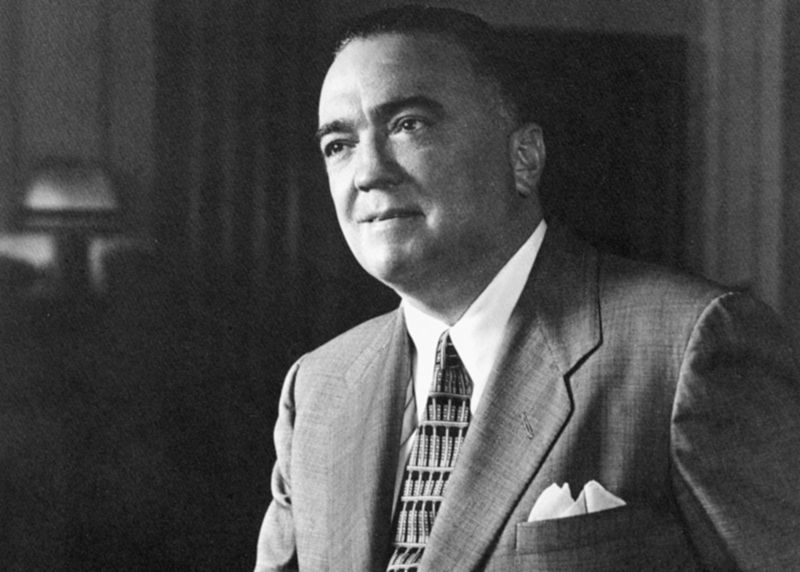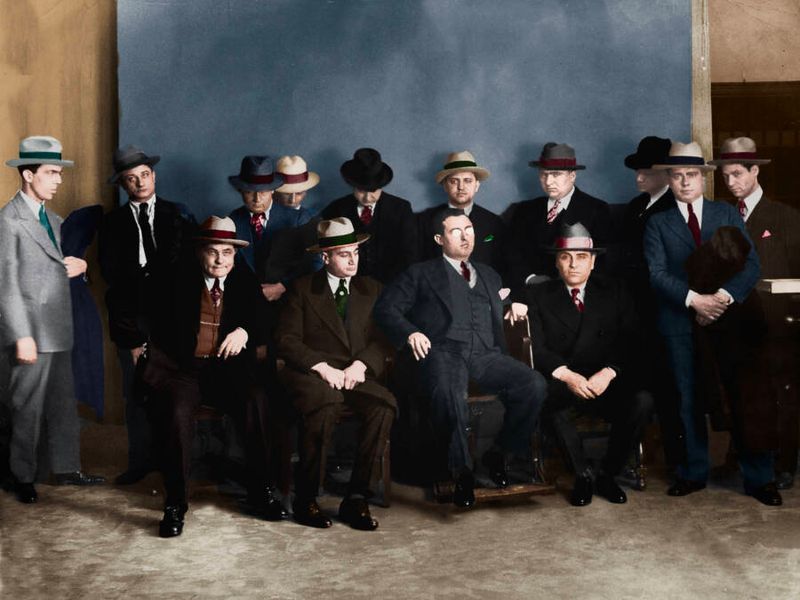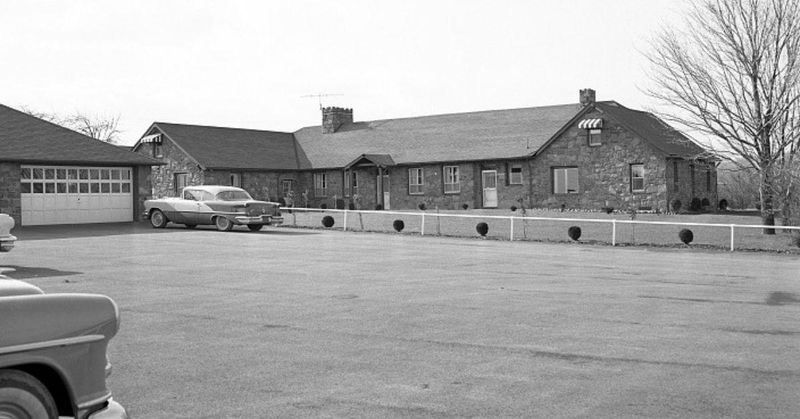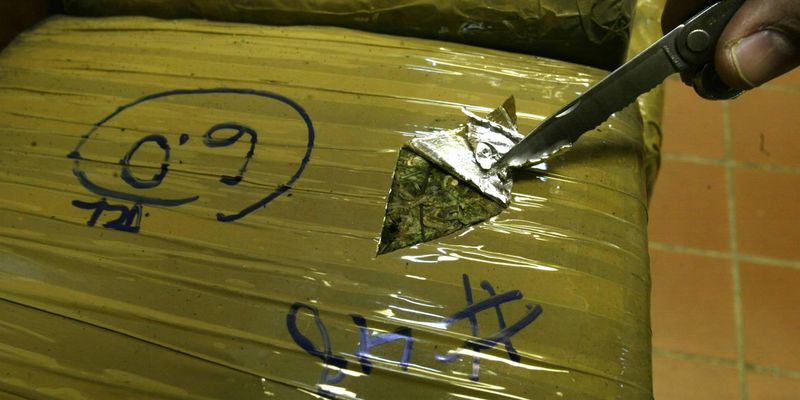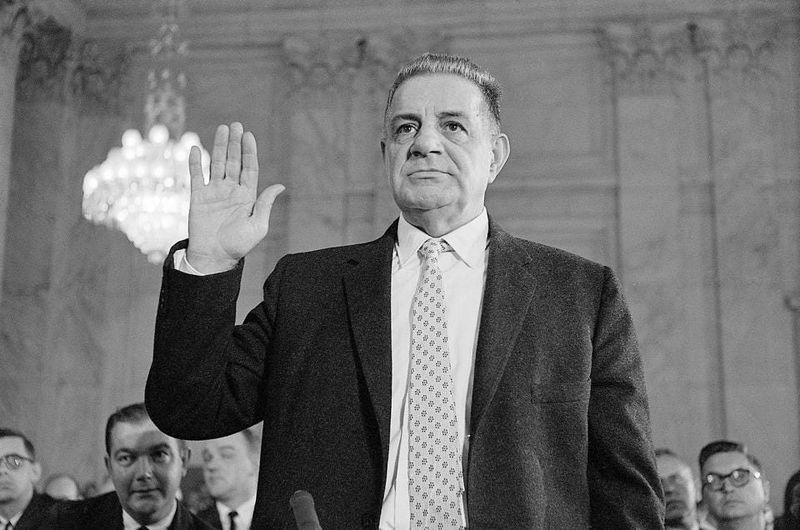The 1950s marked a pivotal decade for organized crime in America. Mob bosses expanded their operations from local rackets into legitimate businesses while maintaining control through violence and corruption. This era saw major power shifts, government investigations, and the transformation of the Mafia into a national organization with international connections. These events would forever change how Americans understood the criminal underworld operating in plain sight.
1. Philip Buccola Flees (1950)
Boston’s underworld changed forever when Philip Buccola abandoned his criminal empire. The Italian-born mobster, facing mounting tax evasion charges, chose exile in his homeland rather than prison bars in America.
His hasty departure created a power vacuum quickly filled by his ambitious lieutenant, Raymond Patriarca Sr. Unlike many gangland transitions, this one happened without bloodshed—a rarity in mob circles.
Buccola’s flight marked the end of old-school Prohibition-era leadership and the beginning of a more sophisticated criminal organization. From his villa in Sicily, he reportedly maintained connections with American crime families while enjoying his ill-gotten gains beyond the reach of U.S. authorities.
2. Formation of the Patriarca Crime Family (1950)
Raymond Patriarca Sr. seized the opportunity when Buccola fled, transforming scattered criminal operations into New England’s most formidable crime syndicate. From his unassuming headquarters—the National Cigarette Service Company and Coin-O-Matic Distributors on Federal Hill in Providence—he orchestrated a criminal empire spanning two states.
His organization controlled everything from loan sharking to illegal gambling. Local police officers found themselves on his payroll, while politicians sought his blessing.
What made Patriarca exceptional wasn’t just his ruthlessness but his business acumen. He understood that fear alone couldn’t sustain power—you needed political connections and legitimate business fronts to truly dominate a territory.
3. Kefauver Hearings (1950-51)
Americans gathered around tiny television screens in 1950 to witness something unprecedented—real mobsters being grilled by government officials. Senator Estes Kefauver’s special committee hearings pulled back the curtain on organized crime, bringing shadowy figures into living rooms nationwide.
The hearings featured parade of reluctant witnesses, many invoking their Fifth Amendment rights while cameras rolled. Frank Costello, so concerned about being identified, allowed only his nervous hands to be filmed—their constant fidgeting becoming an iconic image of mob discomfort.
An estimated 30 million Americans watched these proceedings, forever changing public perception of organized crime. The hearings confirmed what many suspected: a nationwide criminal conspiracy operated within American society.
4. Charles Binaggio Murdered (1950)
Two bullets to the back of the head silenced Kansas City political fixer Charles Binaggio on April 6, 1950. His body was discovered alongside that of his underboss, Charles Gargotta, at the First Ward Democratic Club—a fitting location for a man who built his power at the intersection of crime and politics.
Binaggio had risen by delivering illegal votes to politicians who then protected his gambling operations. His mistake? Failing to deliver on promises made to powerful crime figures after backing the wrong candidate in Missouri’s gubernatorial race.
His assassination signaled that even politically-connected mobsters weren’t untouchable. Under new leadership from Anthony Gizzo, Kansas City’s rackets continued, though never again with such blatant political entanglement.
5. Anastasia’s Assassination (October 1957)
The morning of October 25, 1957 began routinely for Albert Anastasia at the Park Sheraton Hotel’s barbershop in Manhattan. The feared mob boss—known as the “Lord High Executioner” for his role in Murder, Inc.—relaxed in the barber’s chair, his eyes closed beneath hot towels.
Two men in sunglasses and scarves suddenly burst in. Shots rang out, leaving Anastasia struggling toward his attackers in the mirror, fighting ghosts until he collapsed in a pool of blood.
Behind this brazen hit stood ambitious Vito Genovese, who had carefully orchestrated Anastasia’s removal with help from Carlo Gambino—Anastasia’s underboss and eventual successor. The barbershop execution remains one of organized crime’s most infamous moments.
6. Apalachin Meeting (November 14, 1957)
On a crisp autumn day in upstate New York, luxury cars with license plates from across America lined the driveway of Joseph Barbara’s estate. Inside gathered over 100 sharply-dressed men—the leadership of American organized crime—for what they believed was a secure strategy session.
Their security unraveled when State Trooper Edgar Croswell, suspicious of unusual activity, organized an impromptu roadblock. Panic ensued as mob bosses fled into the November woods, ruining expensive shoes and suits while escaping through muddy fields.
This debacle forced J. Edgar Hoover’s FBI to finally acknowledge what they’d long denied: a national criminal organization existed. The meeting’s exposure represented the greatest intelligence windfall in the fight against organized crime to date.
7. Vito Genovese’s Rise & Arrest (1957-59)
Vito Genovese engineered a meteoric rise through New York’s underworld hierarchy through cunning and ruthlessness. After eliminating Frank Costello with a failed assassination attempt that nonetheless forced his retirement, and orchestrating Anastasia’s murder, Genovese crowned himself “capo di tutti capi”—boss of all bosses.
His reign proved shockingly brief. The Apalachin fiasco brought unwanted attention, and rivals Carlo Gambino and Meyer Lansky reportedly framed him in a narcotics conspiracy.
Federal agents arrested Genovese in 1959, sentencing him to 15 years for heroin trafficking. From Atlanta Federal Penitentiary, he attempted to maintain control of his family, but his power gradually diminished until his death behind bars in 1969.
8. Palermo Summit in Sicily (October 1957)
While American headlines focused on Apalachin, an equally significant meeting occurred across the Atlantic. At Sicily’s elegant Grand Hotel et des Palmes, American and Sicilian mafiosi gathered discreetly in October 1957, cementing international criminal partnerships that would reshape drug trafficking for decades.
Lucky Luciano, living in exile after deportation from America, helped organize this summit. Inside ornate hotel rooms, mobsters from two continents established the framework for moving Turkish heroin through Sicily to American streets.
This gathering demonstrated organized crime’s global reach and sophistication. The Sicilian connection provided American families with high-quality narcotics while offering Sicilian mafia groups—weakened under Mussolini’s crackdowns—renewed power and prosperity through international trade.
9. Rise of Las Vegas Gambling (1950s)
The Nevada desert transformed from barren wasteland to glittering oasis during the 1950s, largely funded by mob money. After Bugsy Siegel pioneered the concept with the Flamingo Hotel (though he didn’t live to see its success), crime families from across America poured millions into casino development.
The Desert Inn, Sands, Dunes, and Tropicana rose from the sand, each secretly controlled by different mob factions. Behind elaborate counting rooms, the “skim” operation diverted untaxed casino profits directly to crime family coffers before books were balanced.
Vegas offered what organized crime desperately needed—a seemingly legitimate business generating enormous cash flow. Celebrities entertained tourists while mobsters counted money upstairs, creating an entertainment empire built on criminal foundations.
10. Mob Power in Miami (1950s)
Miami Beach transformed into a tropical playground for organized crime during the 1950s. Behind the pastel facades of hotels like the Eden Roc and Fontainebleau lurked the invisible hands of mob money and influence.
Meyer Lansky, the financial wizard of organized crime, made South Florida his special project. He established relationships with Cuban dictator Fulgencio Batista, creating international gambling operations just a short flight from Miami.
The winter months brought northern crime bosses seeking sunshine and discretion. They conducted business poolside while entertainers like Frank Sinatra performed in mob-controlled nightclubs. Miami’s reputation for glamour and excess masked a criminal infrastructure that controlled everything from hotels to unions along its pristine beaches.
11. FBI’s Denial & Shift After Apalachin
For decades, FBI Director J. Edgar Hoover maintained an astonishing public position: the Mafia simply didn’t exist in America. He dismissed organized crime as local gangs rather than a coordinated national enterprise, directing Bureau resources toward Communist threats instead.
The Apalachin disaster of 1957 made this denial impossible to maintain. With mob bosses from across the country caught literally running through the woods, Hoover faced immense pressure to acknowledge reality.
His strategic pivot came swiftly. By 1959, the FBI had launched comprehensive programs targeting the Mafia, including electronic surveillance and informant recruitment. This reversal represented more than policy change—it signaled the beginning of the government’s serious effort to dismantle organized crime’s national structure.
12. Rise of the Mafia Commission Model
The bloodshed of earlier mob wars taught crime families a valuable lesson: uncontrolled violence was bad for business. Their solution emerged in the 1950s as a formalized governing body known as “The Commission”—essentially organized crime’s board of directors.
This ruling council brought together family bosses from major cities to resolve disputes, divide territories, and approve major decisions like assassinations of made men. The structure borrowed corporate governance principles, with representatives voting on matters affecting their collective interests.
Lucky Luciano had established the concept earlier, but the 1950s saw its refinement under leaders like Vito Genovese and Carlo Gambino. This bureaucratization of criminal enterprise demonstrated the Mafia’s evolution from street gangs to sophisticated criminal corporations with established rules and procedures.
13. Joseph Barbara’s Role at Apalachin
Few names illustrate the intersection of legitimate business and organized crime better than Joseph Barbara Sr. On paper, he was a successful beverage distributor and local businessman in upstate New York. Behind this facade operated a connected member of the Buffalo crime family.
Barbara’s sprawling 58-acre estate in Apalachin seemed perfect for hosting a national mob summit—rural, private, and far from prying eyes. He had previously hosted smaller gatherings without incident.
The November 1957 meeting brought catastrophe when local police became suspicious of luxury cars with out-of-state plates converging on his property. Barbara’s health deteriorated after the raid’s embarrassment and subsequent investigations. He died of a heart attack in 1959, his name forever linked to organized crime’s most infamous gathering.
14. Emergence of International Drug Trafficking
The 1950s witnessed organized crime’s expansion into sophisticated international narcotics networks. Sicilian connections established during the 1957 Palermo meeting created a pipeline moving heroin from Turkish poppy fields through processing labs in Marseille, France—the infamous “French Connection.”
American families initially claimed they avoided narcotics, considering it too risky. This public stance masked their actual deep involvement in distribution networks that generated astronomical profits.
The drug trade revolutionized mob finances, creating cash flows dwarfing traditional rackets like gambling and loan sharking. These operations required complex money laundering through legitimate businesses. Narcotics enforcement remained disorganized during this period, allowing trafficking networks to flourish across international borders with minimal interference.
15. Joseph Valachi’s Informant Birth (late 1950s)
Joseph Valachi entered the 1950s as a loyal soldier in the Genovese crime family, unknown outside mob circles. His transformation into history’s most significant mob informant began with Vito Genovese’s imprisonment in 1959.
While serving time alongside his boss in Atlanta Federal Penitentiary, Valachi became convinced Genovese had marked him for death as an informant—though he hadn’t actually informed yet. Paranoia drove him to beat another inmate to death, mistaking him for a hitman.
Facing a murder charge and believing the mob had abandoned him, Valachi made the unprecedented decision to cooperate with authorities. His testimony in the early 1960s would publicly confirm the existence of “Cosa Nostra” and expose its rituals, structure, and operations in unprecedented detail.
